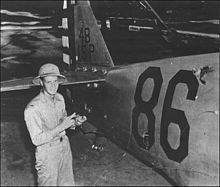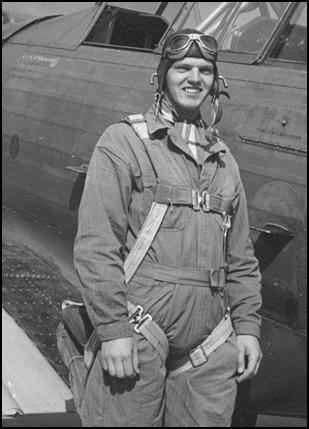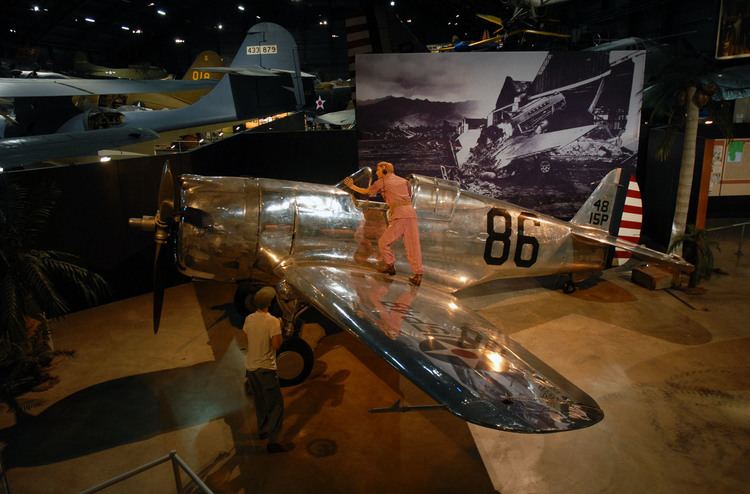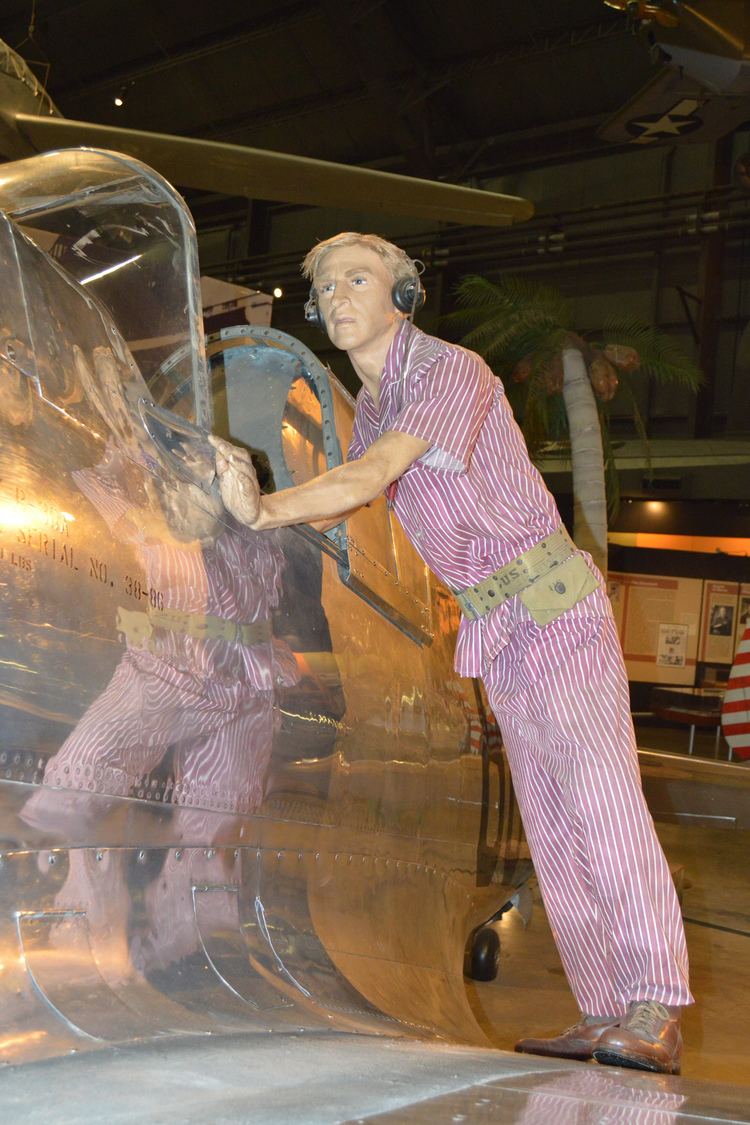Years of service 1940–1965 | Name Phil Rasmussen | |
 | ||
Born May 11, 1918Boston, Massachusetts ( 1918-05-11 ) Battles/wars World War IIAttack on Pearl Harbor Awards Silver Star with one oak leaf clusterDistinguished Flying CrossAirman's Medal with three oak leaf clusters Battles and wars | ||
Aw supermatch phil rasmussen vs grant torlentino
Philip M. Rasmussen (May 11, 1918 – April 30, 2005) was an Army Air Corps second lieutenant assigned to the 46th Pursuit Squadron at Wheeler Field on the island of Oahu during the Japanese attack on December 7, 1941. He was one of the few American pilots to get into the air that day.
Contents
- Aw supermatch phil rasmussen vs grant torlentino
- Phil rasmussen vs caleb o brien 85 95kg left semi final
- Pearl Harbor attack
- References

Rasmussen was awarded a Silver Star for his actions. He flew many later combat missions, including a bombing mission over Japan that earned him an oak leaf cluster. He stayed in the military after the war and eventually retired from the United States Air Force as a lieutenant colonel in 1965. He died in 2005 of complications from cancer and is buried in Arlington National Cemetery.

Phil rasmussen vs caleb o brien 85 95kg left semi final
Pearl Harbor attack

On the morning of December 7, Lt. Rasmussen had awakened in his barracks, when, looking out a window, he saw a group of Japanese airplanes dropping bombs on the field. He strapped his .45 caliber pistol to the outside of his pajamas and ran to get an airplane.

Most of the planes were destroyed, but Lt. Rasmussen found an unscathed P-36 Hawk and taxied it to a revetment where he had it loaded with ammunition. During a lull in the bombing, he took off with three other pilots. They received orders by radio to fly to Kaneohe Bay on the north-east side of the island.

The American pilots subsequently engaged 11 Japanese aircraft. Despite having a jammed .30 caliber gun and only limited capability with his .50 caliber gun, Lt. Rasmussen managed to shoot down a Mitsubishi A6M Zero. Several other Japanese pilots attacked, including one who apparently tried to ram him. (The Japanese pilot, Iyozo Fujita, returned to the aircraft carrier, Sōryū, and survived the war.)
Rasmussen's plane was badly damaged and fell into an uncontrolled plunge into the clouds over the mountainous terrain. After passing through the clouds at about 5,000 feet he regained control of the aircraft and returned to Wheeler Field, where he landed with no brakes, rudder, or tailwheel. Oral accounts of the number of bullet holes in the plane vary, but most give a figure of about 500.
The opening exhibit of the World War II exhibit in the National Museum of the United States Air Force near Dayton, Ohio features a mannequin of a pajama-clad pilot climbing into a P-36 Hawk. The exhibit details Lt. Rasmussen's exploits that day and is informally titled "The Pajama Pilot."
